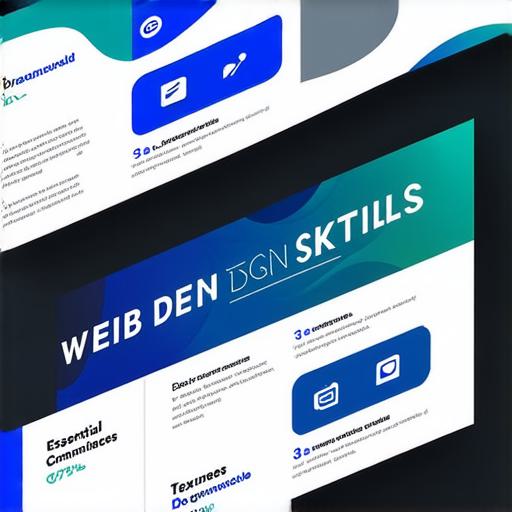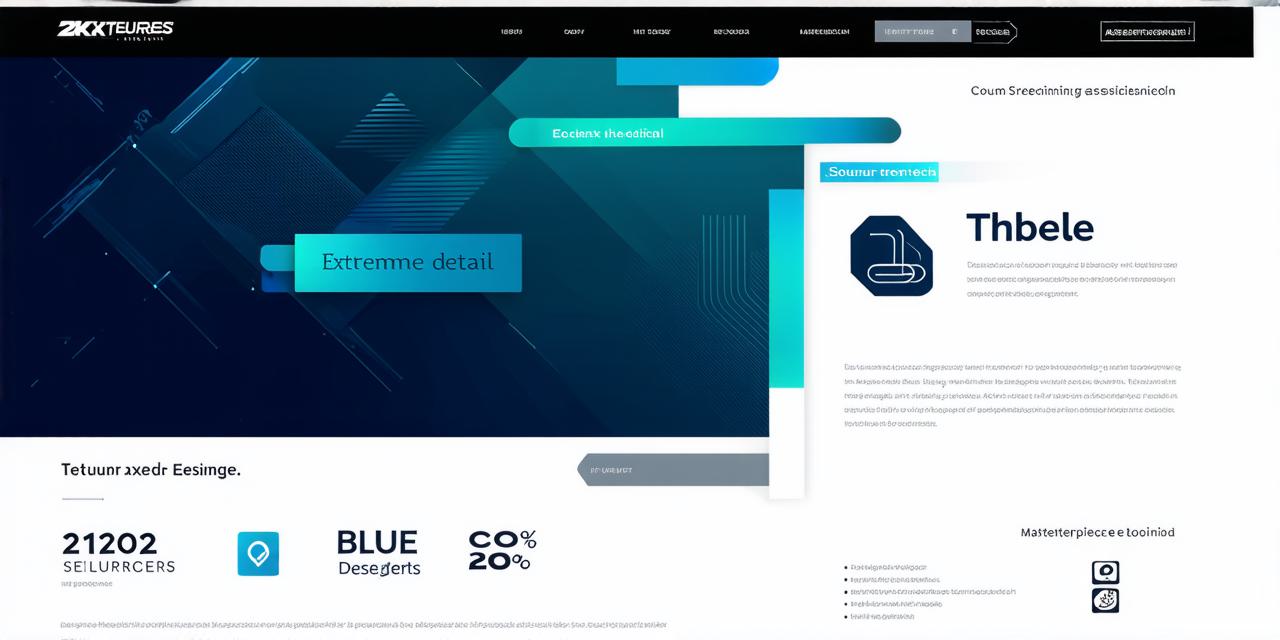In the dynamic world of web design, a harmonious fusion of creativity and technical prowess is indispensable. To excel in this field, it’s essential to master these fundamental skills:
-
HTML/CSS Proficiency: These foundational languages serve as the building blocks for creating websites, enabling designers to structure content, establish layouts, and style sites for optimal user experiences. HTML (HyperText Markup Language) defines the structure of web pages, while CSS (Cascading Style Sheets) styles them, making them visually appealing.
-
Responsive Design: With an increasing number of mobile devices in use, responsive design is crucial for ensuring seamless adaptation across various screen sizes. This adaptability enhances viewing experiences on different devices, catering to the diverse needs of users.
-
JavaScript Mastery: JavaScript brings websites to life by infusing interactivity, making them more engaging and dynamic. It opens up possibilities for complex applications that can significantly improve user engagement and overall web experience.
-
Understanding UX/UI Principles: Adhering to these design principles fosters aesthetically pleasing, user-friendly sites that boost engagement and conversion rates. UX (User Experience) focuses on the overall feel and interaction of a website, ensuring it is intuitive, easy to navigate, and meets users’ needs. UI (User Interface) concentrates on the visual aspects, such as typography, color schemes, and layouts, to create an appealing design that complements the UX.
-
SEO Optimization: SEO (Search Engine Optimization) elevates websites in search engine results pages (SERPs), driving organic traffic through best practices like keyword research, on-page optimization, and link building. This increased visibility can lead to higher conversion rates and improved business outcomes.
-
Version Control Systems: Tools such as Git facilitate collaboration and conflict resolution for large-scale projects and teams. They allow multiple designers to work on the same project simultaneously without overwriting each other’s changes, ensuring a smooth development process.
-
Accessibility and Performance: Ensuring accessibility and high performance makes websites inclusive and enjoyable for all users. Practices like using alt text for images, ensuring fast load times, and making sites navigable by keyboard help create an accessible web experience. High performance is achieved through optimizing code, reducing image sizes, and minimizing the number of HTTP requests.

In summary, honing these technical skills is vital for web designers aiming to create exceptional, functional websites that thrive in the digital landscape. Stay informed about trends and continuously refine your craft to ensure designs are not only visually appealing but also flawlessly functional. By doing so, you’ll be well-equipped to navigate the ever-evolving world of web design and deliver outstanding results for your clients or projects.


